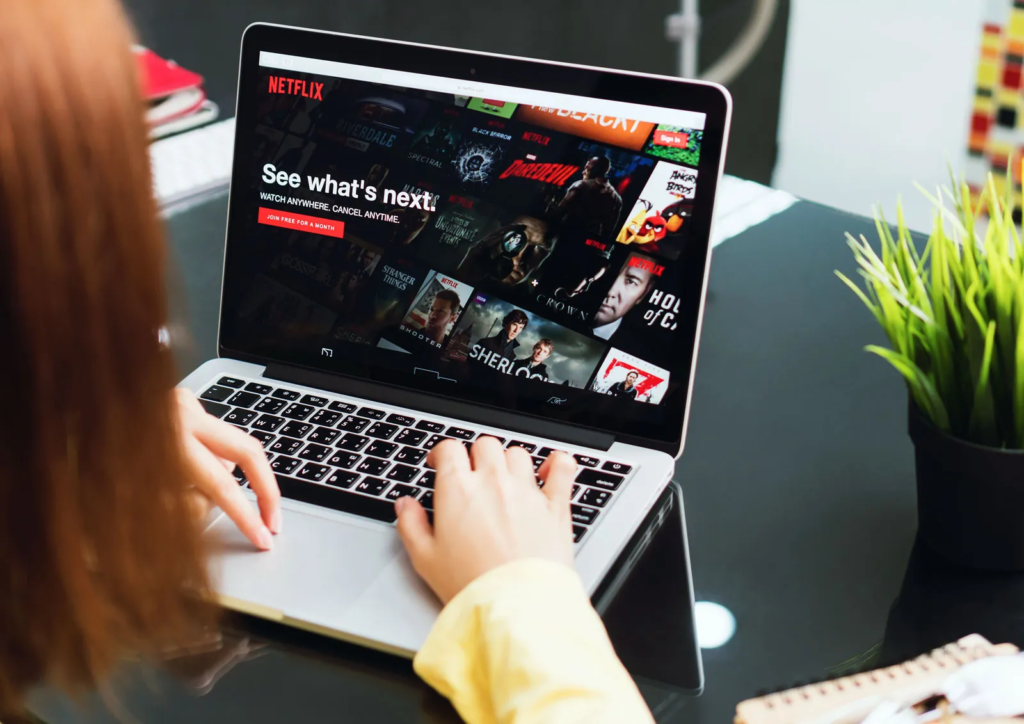
Introduction to streaming and its increasing popularity
Streaming has exploded in popularity over the past decade. With endless content available at our fingertips, it’s no wonder that millions of users are tuning in across a multitude of devices. Whether it’s binge-watching the latest series on a smart TV or catching up on podcasts during your commute, high-quality streaming is now an essential part of our daily lives.
Yet, as demand soars for flawless viewing experiences and crystal-clear audio, challenges arise. Ensuring that every viewer can enjoy high-quality streaming—regardless of device or location—is no small feat. From bandwidth limitations to device fragmentation, various hurdles can disrupt the seamless experience we crave. Let’s dive into these challenges and explore possible solutions to elevate our streaming game across all platforms.
The demand for high-quality streaming across devices
The demand for high-quality streaming has surged in recent years. People expect seamless access to content anytime and anywhere as our lives become more digital.
Streaming services have evolved significantly, catering to diverse audiences across various devices. From smartphones to smart TVs, viewers want a consistent experience that doesn’t compromise quality.
High-resolution videos are now the norm. Users crave sharp images and rich audio-visual synchronisation when watching a blockbuster movie or live sports.
This shift drives providers to invest heavily in technology that supports adaptive bitrate streaming. They seek solutions that enhance user experience by ensuring smooth playback without video buffering.
With device fragmentation becoming increasingly complex, achieving multi-device compatibility is essential. Viewers don’t just watch from one screen; they switch between devices throughout the day—demanding fast load times and impressive resolution scaling regardless of their choice.

The challenges faced in maintaining high-quality streaming
Maintaining high-quality streaming is no small feat. One of the most pressing issues is bandwidth limitations. Many users face restrictions due to their internet service, resulting in video buffering and frustrating interruptions.
Network congestion compounds this problem during peak usage times. It creates a bottleneck effect that hinders consistent performance across platforms.
Another challenge lies in device fragmentation. The variety of devices available today means different specifications, screen resolutions, and operating systems need to be considered. This diversity complicates cross-platform optimization efforts.
Moreover, audio-visual synchronization can suffer when transitioning between various formats or networks. Delays impact user experience significantly.
Compatibility issues arise too; not all devices support the newest streaming protocols or advanced features like adaptive bitrate streaming. Ensuring a seamless experience becomes increasingly complex as technology evolves rapidly.
Bandwidth limitations and network congestion
Bandwidth limitations often hinder the streaming experience. When multiple users share a single network, the available bandwidth gets divided. This division can lead to slower connection speeds and a struggle for high-quality streaming.
Network congestion is another common issue. During peak times, many users may be online simultaneously. This overload can result in video buffering or lower resolution streams, frustrating viewers who expect seamless playback.
Moreover, geographical factors play a role in bandwidth availability. Remote areas may suffer from inadequate infrastructure that limits access to high-speed internet services.
To combat these challenges, understanding your network’s capacity becomes crucial. Utilizing tools that monitor real-time usage can help manage bandwidth effectively and ensure optimal streaming quality across devices.

Compatibility issues with different devices and platforms
When it comes to high-quality streaming, compatibility issues can be a significant hurdle. Different devices run on various operating systems and support diverse streaming protocols. This fragmentation complicates the user experience.
For instance, a video might stream flawlessly on a smart TV but lag or buffer excessively on an older smartphone. Such inconsistencies often arise from device-specific performance limitations. Screen resolution differences also play a role; some platforms may not optimize content for lower-resolution displays.
Additionally, software updates can lead to temporary incompatibility with certain applications. Users might find that their favorite streaming service suddenly experiences glitches following an update.
Cross-platform optimization is crucial for delivering seamless viewing experiences across all devices. Streaming providers must invest in robust infrastructure and development efforts to ensure broad accessibility without compromising quality or performance.
Solutions for improving streaming quality
To enhance high-quality streaming, adopting adaptive bitrate streaming is essential. This technique adjusts video quality in real-time based on the user’s internet speed, ensuring minimal buffering.
Investing in content delivery networks (CDNs) can significantly improve performance. These networks distribute server load and deliver content closer to users, reducing latency and enhancing overall experience.
Implementing effective video compression techniques helps manage bandwidth limitations without sacrificing visual fidelity. By optimizing file sizes, platforms can maintain resolution while minimizing data usage.
Cross-platform optimization is another key strategy. Designing apps that accommodate various devices ensures seamless playback across smartphones, tablets, and smart TVs.
Addressing network stability is crucial for mobile streaming challenges. Encouraging users to connect to reliable Wi-Fi rather than cellular data can prevent interruptions caused by fluctuating connections or congestion during peak times.

Conclusion: Importance of addressing these challenges for a better streaming experience
Addressing the challenges associated with high-quality streaming is essential for enhancing user experience across all devices. As streaming continues to gain popularity, ensuring seamless playback becomes increasingly important.
Bandwidth limitations and network congestion can significantly impact video quality, leading to frustrating buffering issues. By focusing on solutions like adaptive bitrate streaming and optimizing content delivery networks, providers can mitigate these problems effectively.
Additionally, tackling device fragmentation through cross-platform optimization helps maintain consistency in performance. Users should not have to compromise when switching between smartphones, tablets, or smart TVs. Compatibility across various platforms ensures a smooth transition while enjoying their favorite content.
Improving server load balancing and addressing latency issues are also critical components of creating a reliable streaming infrastructure. These efforts contribute to greater stability and enhance overall satisfaction among viewers.
Prioritizing multi-device compatibility along with advanced technologies like video compression will lead toward an enriched viewing experience that meets modern demands. Focusing on these challenges paves the way for more engaging multimedia consumption now and in the future.
For more such content, keep visiting QAWire
